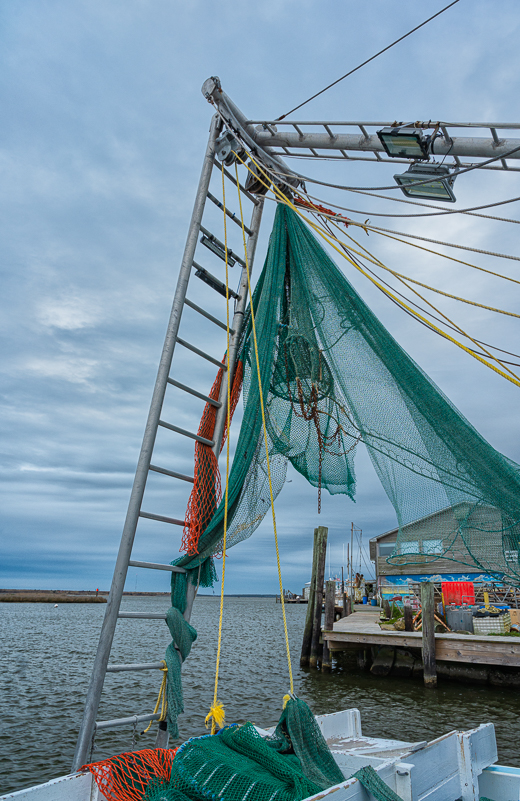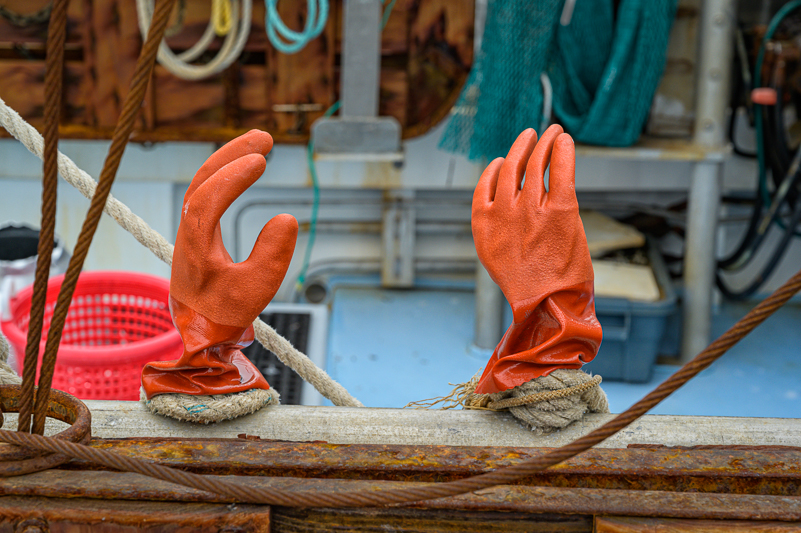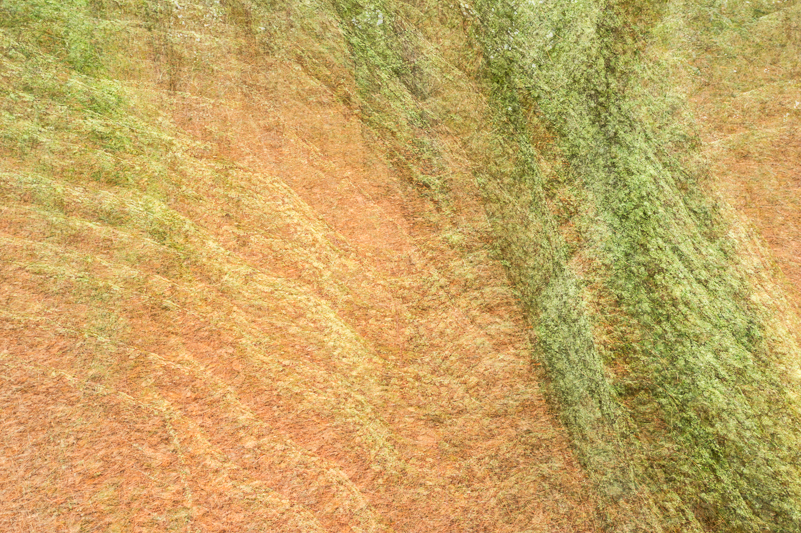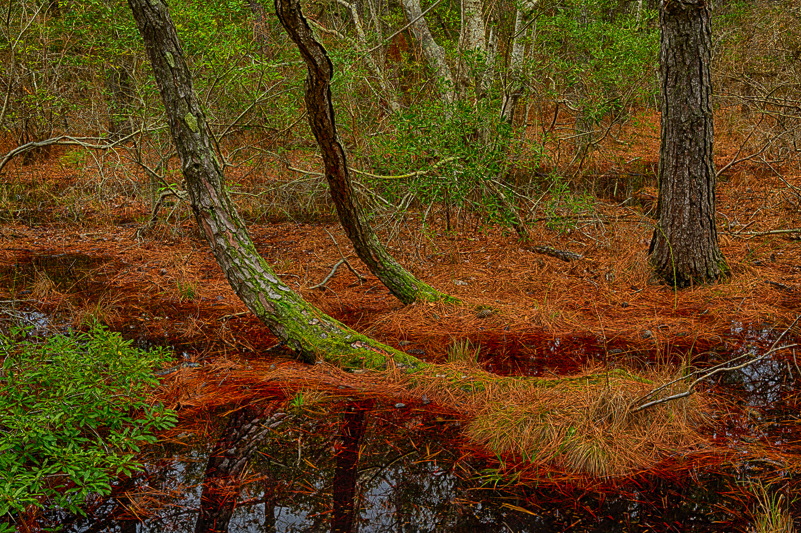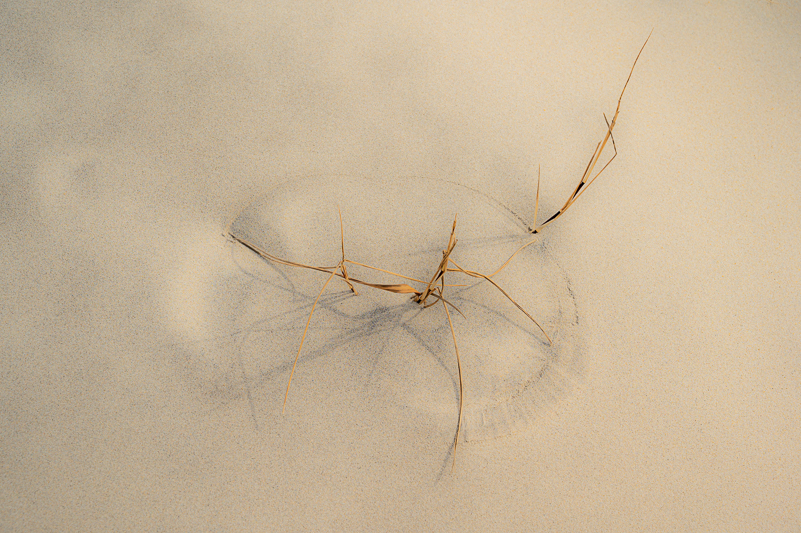Put the need for certainty aside. Focus on riding the best wave you can today.
Don’t wait for the tide to be perfect tomorrow.
– Author Unknown
As time keeps marching on, there’s no way one can miss that the world of photography is changing. “Mirrorless” is the wave to catch and ride. This is all well and good in many ways. For those new to photography, it may well be all they know or eventually all they will have available to them. The latter certainly applies to photographers like me – those of us who started with film and eventually made the transition (for some, painful) to the digital DSLR world.
Those who know me well would likely agree that I am a “slow adopter.” I’m an observer – one who waits for a series of waves to see what happens before jumping into the surf. I have a higher level of aversion to risk when it comes to being first in line to jump on any bandwagon. In fact, it took me until late 2005 to buy my first DSLR – a Nikon D2x (12 megapixels), which was released in 2004. It was big and heavy, but it served me well for over seven years. In this case, waiting was a wise move. Nikon’s first DSLR in this level was released in 1999. The D1 boasted a whopping 2.7 megapixel sensor. Boy, my slow adoption was a good move. There’s more to that story, but you get the idea.
I am practical, too, and live by examples and lessons I learned growing up. Some of these include: Use what you have until it doesn’t work for you anymore; if it ain’t broke, don’t fix it; and, just because you can doesn’t mean you should. Along those lines, I’m still waiting for the 35+ year old microwave I got in college to die. Right about now, it’s like watching a history lesson on how things used to be made to last (except for the “3” button). I shot the D2x for over seven years until it would not let me do what I wanted to do. Attempting to shoot synchronous fireflies in the Smokies with a camera having a max ISO of 1600 was impossible. I turned the camera off and enjoyed the light show.
By 2012, the choices I had for upgrading, and that I could afford, were the D600 (24.3mp) and D800 (36.2mp), both of which were released in 2012. Here’s where it got interesting, and self-defeating for me. I got so caught up with the megapixels doubling and tripling, along with the potential computer issues, that I neglected to pay attention to the features in the D2x that I used most often in my photography (most notably, the 9-frame, in-camera multiple exposures). Both cameras had ISO capabilities of 6400 and more autofocus points than my D2x. So, because of my tunnel vision on the megapixels, I opted for the D600 and gave up my favorite features and more. Solid “pop to my forehead” moment.
Long story short, I ultimately upgraded to the D810 and got back all the features I wanted and use often. I also got back the “eyes closed” familiarity of the camera’s buttonology (It is the same as the D2x and other more recent models.). I did not race to replace it with the D850 when it was released. And when Nikon announced the “Z” series, I was, and still am, quite happy with the D810 dSLR. It continues to allow me to do all that I want to do.
JUMPING INTO THE POND
Late last year, as I prepared to step out full time with New Life Photos, I realized that it was time to jump into the mirrorless pond with my Nikons. (Note: I have had a Canon RP converted to full-spectrum infrared since July of last year. So, mirrorless is not completely new to me.) I learned my lesson though. I did better research, put my hands on the cameras and looked over the specs carefully. I did better by reaching out to photography friends who were using the Z6 and learned what they liked and didn’t like (or wished for) in their Z’s. I made sure that the Z6 would give me the features that were most important to me. I knew there would be things I would wish were different – there always are. I recognized the value of this leap on many levels.
As an educator and one who leads photography workshops, it’s important for me to be familiar with how the mirrorless cameras work and how the waves roll. I don’t need to be intimate with every camera out there, but I do need to know enough to be tuned into how they work and what potential quirks exist so I can help my clients when camera issues arise.
Stepping on Soapbox: I say this all the time, … “Know the camera you have in your hands, and read or carry your manual.” Stepping off Soapbox (More on this to come).
Currently (and for as long as it serves me and my photography), I am using my D810 and the new Z6 cameras for my color work. I also have two Nikon dSLRs and a Canon mirrorless for my infrared work. Having the new camera has created some learning opportunities (more new buttons and ways to navigate) but not without its own set of challenges. I am still in the early stages of making friends with my “Z.” We’ve only known each other two months.
TWO THINGS THAT MATTERED WITH THE MIRRORLESS MOVE
In making the move to mirrorless, two things really mattered to me. All other features and factors would be things I would simply deal with. First, I would not sacrifice my now 10-frame, in-camera multiple exposures again. I use this feature quite often as a creative tool in my style of photography. Second, I would need to be able to use all the lenses I’ve collected over the last 20 years, including, and especially, my Nikon 70-180mm micro lens (1 of only 1200 made).
To that end, I also made sure that the FTZ adapter worked smoothly. I garnered more feedback from my Z-user friends and tried it out for myelf. It does. (More on this later.) With these two features in place, I was good with my decision. I could then and now care less about megapixels and the minutia of camera specs. I need my gear to do what I need it to do. It’s my job to work within those parameters.
THINGS I HAVE LEARNED AND LIKE
With mirrorless, I can now see how each image in the series of the in-camera multiple exposures lays and overlaps within the frame as I am shooting them. This is fun and helpful in the creative process. And, I can choose to retain the source images (albeit in jpg format only). Do I wish they were all retained as raw images? Yes, but that’s a small price to pay since I can save none of the source images with the D810. Nor could I do this with earlier cameras. No biggie.
Also, I love that when I put a 10-stop ND filter on the lens for long exposures, the camera can see through it for exposure. This is not possible with my dSLRs. All other steps in the process being equal, this is pretty cool.
I’m sure more lessons await and that I’ll find more things to like and other things I wish were different, but this is a great start.
WHAT DOESN’T MATTER TO ME ABOUT MIRRORLESS
In purchasing and using any camera, my wants and needs are fairly simple. Where some focus on all the features and factors they consider major benefits of mirrorless, I fall into the neutral zone in two specific areas. Beyond these, the camera also needs to feel good in my hands – aergonomics that work for me.
The first feature is MEGAPIXELS. For me, 24.2 mp is more than enough for what I do and how I approach my image making. You will rarely, if ever, hear me say, “I love how having more megapixels allows me to crop in even tighter.” What you will here me say is, “Do it right in the field. If you can move or zoom closer, do it.” Now, if you’ve maxed out your lenses’ reach and have the megapixels to crop, that’s awesome. But don’t let super-duper megapixels give you an excuse to be lazy or sloppy.
The second feature is WEIGHT. Yes, the mirrorless cameras and newer lenses are lighter, and that’s great. When all my older lenses fail to serve me well, I’ll likely replace them with somewhat lighter options. However, right now, I have multiple bags of older and heavier lenses that I’m still using. Also, when you add some of the best lenses (fast glass, long reach) into the mix, they’re simply just as heavy. Sometimes, they even dwarf the cameras in size and weight. Maybe when I get “old” or have neck and back issues from lugging cameras and lenses and other gear around, I will feel differently. All I can say is that reduced weight was not a factor in my decision to add mirrorless to my toolbox.
WHAT CAN HAPPEN “ON VACATION” WITH NEW GEAR
So, a funny thing happened on a quick, two-day trip with my Z6 to the Outer Banks. At this point, I’m okay with admitting that sometimes my brain goes on vacation with me. (I don’t think I am alone in that experience.) You’ll see. On this trip with my husband (partly for us, partly for scouting and partly for taking time to make friends with my new “Z”), that’s exactly what happened. My brain and I went on break at the same time.
I packed the lenses I felt I would use. I made sure I had the FTZ adapter (so I could use my non-Z lenses), shutter release cable and ND filters for long exposures. I even packed my new Nikon 200-500mm lens. I was all set. The only thing I didn’t have on the camera was an L-bracket (another essential for me). It was ordered but had not yet arrived. Again, no biggie. I have lots of quick release plates, so I put one on the camera that would work with my tripod. I bought the Z6 kit with 24-70mm lens and so I started with that combo. Everything was working just fine. Really, it was … until I wanted to switch to a longer lens for a specific image series. That’s when the effects of the simultaneous vacation kicked in.
During this short trip, the weather was quite windy, and sand was blowing everywhere. Changing lenses at the back of the SUV would have been silly. So, I get the longer lens and the FTZ adapter, sit in the front seat and proceed to attempt mounting the FTZ on the camera. No go. Crap. (Brain Vacation Moment #1). I could not figure out why it was not working. So, after a while I decided to just step back and continue to shoot with the 24-70 lens. I figured, cool, this will be a great exercise in using one lens only. That’s what I told myself (even though I didn’t like hearing it). Good thing I had my D810 with me as a backup for a few breaks in that forced exercise. Another attempt in the hotel room to mount the FTZ adapter also failed, even with the help of my manual and Google (Brain Vacation Moment #2).
Before I reveal WHY the FTZ adapter would not mount properly, let me share that the “one-lens only” exercise was an eye opener. It forced flexibility and made me open to other options in creating images. I learned, too, (rather confirmed again) that the 24-70mm range is not my favorite. I want more. (Don’t we all?) I wanted to use my 24-120mm lens so I could get in closer when water or other obstacles prevented me from using my feet to move in. (Perfect excuse for “cropping,” right? Ha!) I wanted to use my longer lens at 300mm on my new camera to isolate subjects. I wanted to try out my new 200-500mm lens on my new camera for the birds. I could not. (As mentioned, the hotel attempt with the FTZ was a “fail.”) And, because of my brain vacation, what I wanted didn’t matter.
Therefore, with no other really good choices, I embraced the Z6 and the 24-70mm lens. I made images I wanted. I learned more about the camera because of this. And, I figured that my adapter issue would likely be something super simple to get past the hump. I’d figure it out when I got back home. I also anticipated another “forehead pop” when I did.
Ways to use your camera in the field to create artistic, interpretive images are endless. Often, one of the more limiting factors is you . . . and the concern for what others will think. Shake that off and let it go. You have an artist inside waiting to be unleashed!
The mystery was solved when I brought my camera set-up into ASAP Photo. I explained my dilemma. Within seconds, yes, seconds, Bruce Soles (who still shoots film along with digital) removed my quick release plate, mounted the FTZ adapter, added my other lens and handed it back to me with a smirk and head shake (“pop”). It’s entirely likely that I’ll experience other issues down the line, but the adapter dilemma won’t ever happen again … to me. And, it just goes to show that sometimes we all need and take a vacation. My brain is back at work. All my lenses operate properly. My sensor currently has schmutz that needs to be cleaned off, and I can chuckle at my moments of challenge and learn from them.
Here’s hoping that this story is enlightening and that you can laugh at your own vacation moments, knowing that you’re not alone and that it won’t be the first or last time something “Captain Obvious” will make you reframe your approach to a photo adventure. Wishing you many awesome photo moments ahead.
Final Note: The images included in this post are all made with my Z6 – most from my two-day, one-lens only exercise, and all with the Z 24-70mm f/4 S lens. A few exceptions are those from my most recent OBX workshop adventure.


